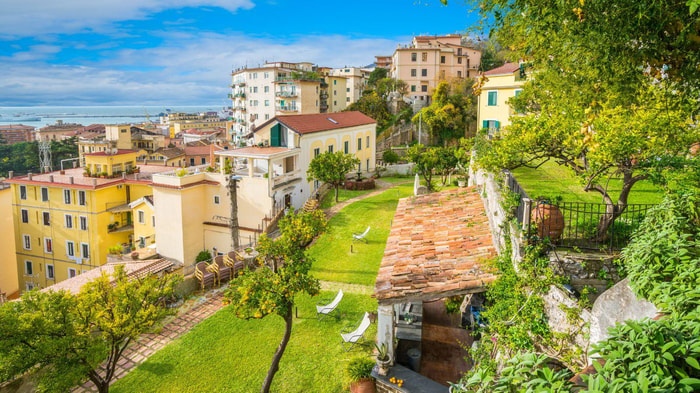Classical Greece & Italy
Imaginative New Dining Concepts
Vista is your world from a new perspective and honours our passion for serving The Finest Cuisine at Sea® with imaginative new dining concepts and the debut of new epicurean delights.
The Miami-based cruise line - a subsidiary of Norwegian Cruise Line Holdings - offers seven small, luxurious ships that carry a maximum of 1,250 guests and feature the finest cuisine at sea and destination-rich itineraries that span the globe.
Expertly curated travel experiences aboard the designer-inspired, small ships call on more than 600 marquee and boutique ports in more than 100 countries on 7 continents on voyages that range from 7 to more than 200 days.








Imaginative New Dining Concepts
Vista is your world from a new perspective and honours our passion for serving The Finest Cuisine at Sea® with imaginative new dining concepts and the debut of new epicurean delights.
